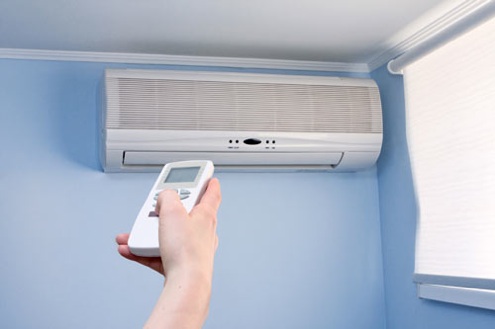
Don't let your Air Conditioning blow your cash away. Utilize these tips and pay less to cool your house this summertime.
Running the cooling can make an electrical energy costs skyrocket, however the option isn't pretty, either. Fortunately, there are a couple of manner ins which you can help your a/c run better and save you money as the summertime development.
Given up cooling the community
If your house isn't brand name new, the cold air inside air conditioning edmonton alberta it is probably permeating out into the neighborhood through used door and window seals, a badly insulated attic and other sly cracks.
To see how well your home is holding in the cold, sign up for a house energy audit with your utility provider or a regional specialist. A licensed home energy rater or auditor will inspect your house for leaks and advise the very best method to make your home more energy efficient.
Do not desire to spring for an audit? Do a mini-audit yourself. Stand outside your house and run your hand along doors and windows. Can you feel the cold air getting away? If you do, caulk around dripping windows and add insulation around doors.
Make an upgrade
If you have not upgraded to a clever thermostat-- such as Ecobee, Lyric, Lux or Nest-- it's time to make a change. Smart thermostats can regulate heating and cooling when you're not home to conserve money. Plus, you can adjust the settings remotely utilizing an app on your phone. Some even work with Amazon Alexa, Samsung SmartThings, Apple HomeKit,
Wink, Google Home and other smart home platforms. Here are the best smart thermostats of 2017 to assist you make the very best decision for your house.
Make sure your thermostat is on the right wall
Thermostat positioning can play a big part in how well your air conditioner works. If you put it on a wall right beside a hot window, for example, your a/c will kick on far more often than it needs to since it will believe the room is hotter than it in fact is. Here's how to select the best wall for your thermostat.
Close the blinds
A window allowing the hot sun will not just heat up your thermostat, it'll warm you up too. Throughout the hottest part of the day, close your window blinds and stay out the sun. It can also help insulate your windows, which stops the cold air from getting away.
Sometimes you do not need to amp up the thermostat to feel cooler. According to the National Resource Defense Council (NRDC), using a ceiling fan can make a space feel 10 degrees cooler and uses 10 percent of the energy of a main air conditioner.
If you wish to get modern, you can set up wise ceiling fans that connect to an app. You can arrange the times when these fans switch on and off, and you can manage their speed without basing on your tiptoes.
Raise the temperature
Many individuals believe that leaving the a/c at the same temperature when you leave your home saves money because the A/C will not need to work as tough to recool the home. This isn't the case. NRDC senior energy policy advocate Lauren Urbanek says that the most economical method to utilize your air conditioning unit is to turn the thermostat up when you leave your house.
A/c systems operate most effectively at full speed during longer durations of time. So kicking it on a lower temperature when you get house will conserve you more money than the AC biking on and off while you're away.
A programmable thermostat can make it very simple to keep your A/C at the right temperature. You can configure the system to operate at greater temperature levels while you're at work and cool down right before you get home.
Setting low is a no-go
Constantly set your thermostat to the greatest temperature you can stand to conserve the most money. Even a small change in the temperature level can save you big bucks.
You can save 10 percent a year on your cooling costs by setting your thermostat just 10 to 15 degrees higher for 8 hours every day, according to the Nebraska Energy Office. The United States Department of Energy suggests going for an indoor temperature of 78 degrees F when you're at house.